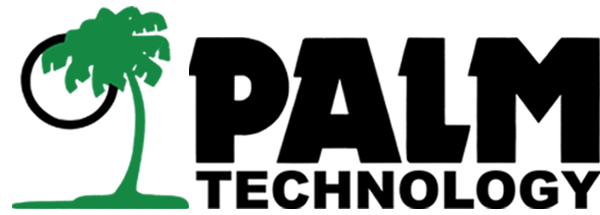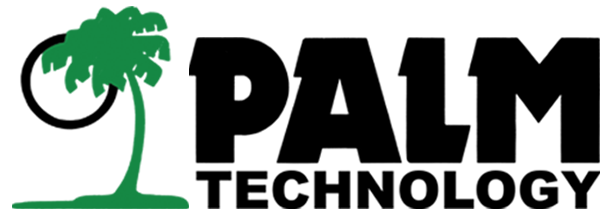Phosphoric Acid Anodizing
Overview of Phosphoric Acid Anodizing (PAA)
Phosphoric Acid Anodizing (PAA) is a specialized anodizing process primarily used as a surface preparation method to promote strong adhesive bonding on aluminum and aluminum alloys. Unlike other anodizing types that focus on corrosion resistance or wear protection, PAA creates a highly porous oxide layer specifically designed to enhance the mechanical interlocking of adhesives. This makes it ideal for aerospace structural bonding applications, especially in components that are joined using high-strength adhesives rather than mechanical fasteners.
Key Benefits of Phosphoric Acid Anodizing:
- Superior adhesive bonding performance for structural joints
- Creates a uniformly porous oxide structure
- Promotes strong mechanical interlock at the adhesive interface
- Compatible with high-performance bonding films and epoxies
- Specified by major aerospace OEMs and compliant with BAC 5555 and ASTM D3933
Phosphoric Acid Anodizing Process
PAA is conducted in a dilute phosphoric acid electrolyte, typically at 10-15% concentration. The process is performed at controlled temperatures (around 100°F or 38°C) with low voltage (15-25 volts). Unlike Type II or III anodizing, the PAA oxide layer is thin and highly porous, allowing adhesives to flow into the microstructure and cure with exceptional bond strength.
1. Cleaning and Deoxidizing
Aluminum parts are cleaned and deoxidized using alkaline or acid-based solutions to remove oils, oxides, and surface contaminants.
2. Anodizing
Parts are anodized in a phosphoric acid bath under low-voltage direct current. This generates a porous oxide film that is optimized for adhesive bonding rather than corrosion resistance.
3. Rinsing and Drying
After anodizing, parts are thoroughly rinsed and dried. The porous structure must remain unsealed to maintain its adhesive properties.
Because the coating is intentionally left unsealed, it allows maximum absorption of adhesive and is typically followed immediately by bonding, priming, or film application.
Compatible Substrates for PAA
Phosphoric Acid Anodizing is best suited for:
- 2024, 6061, 7075 aluminum alloys: Common aerospace-grade materials
- Machined parts, skins, stringers, and bulkheads: That will be adhesively bonded
- Bonded aluminum-to-aluminum or aluminum-to-composite structures
Applications of Phosphoric Acid Anodizing
- Aerospace: Bonded wing skins, fuselage sections, honeycomb panels
- Defense: Airframe structures, UAV assemblies, composite bonding
- Satellite and Space Hardware: Lightweight structural components requiring precision bonding
- High-Performance Composites: Interfaces requiring metal-to-composite adhesion
Environmental and Process Considerations
PAA is a chromium-free process, making it environmentally safer than chromic acid anodizing. It requires cleanroom-compatible handling and must be paired with proper post-process bonding procedures. Because the coating is left unsealed, components must be bonded soon after anodizing to avoid contamination.
Conclusion
Phosphoric Acid Anodizing is the gold standard in adhesive bonding preparation for aerospace aluminum structures. Its ability to create a highly porous oxide layer that mechanically locks with adhesives makes it a critical process in aircraft and spacecraft manufacturing where structural integrity, weight savings, and long-term reliability are non-negotiable.
The information provided above is for general informational purposes only. Palm Technology makes no representations or warranties of any kind, express or implied, about the completeness, accuracy, reliability, or suitability of the information for any purpose. Any reliance you place on such information is strictly at your own risk. Palm Technology disclaims all liability for any loss or damage arising from the use of or reliance on this information.

